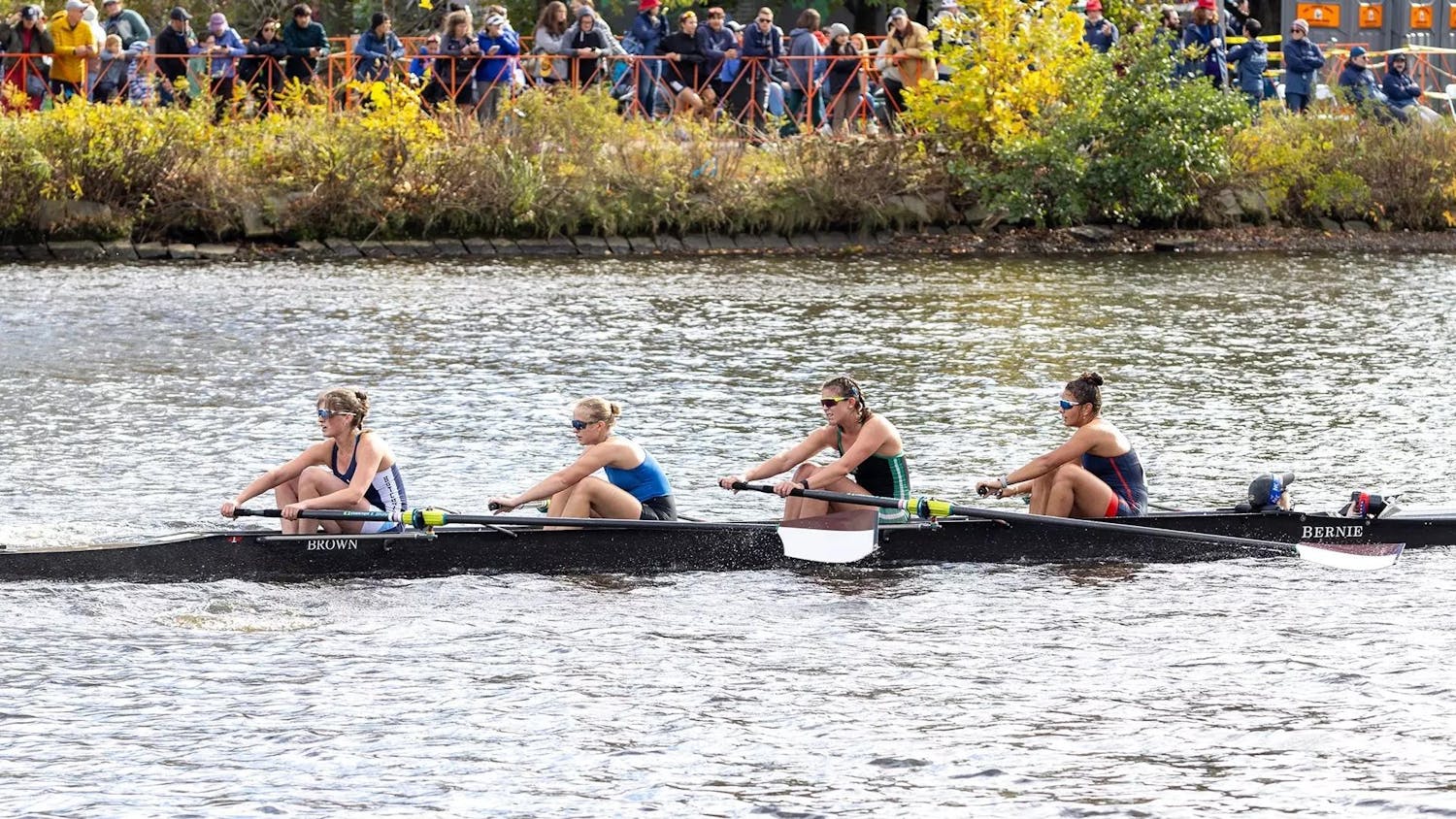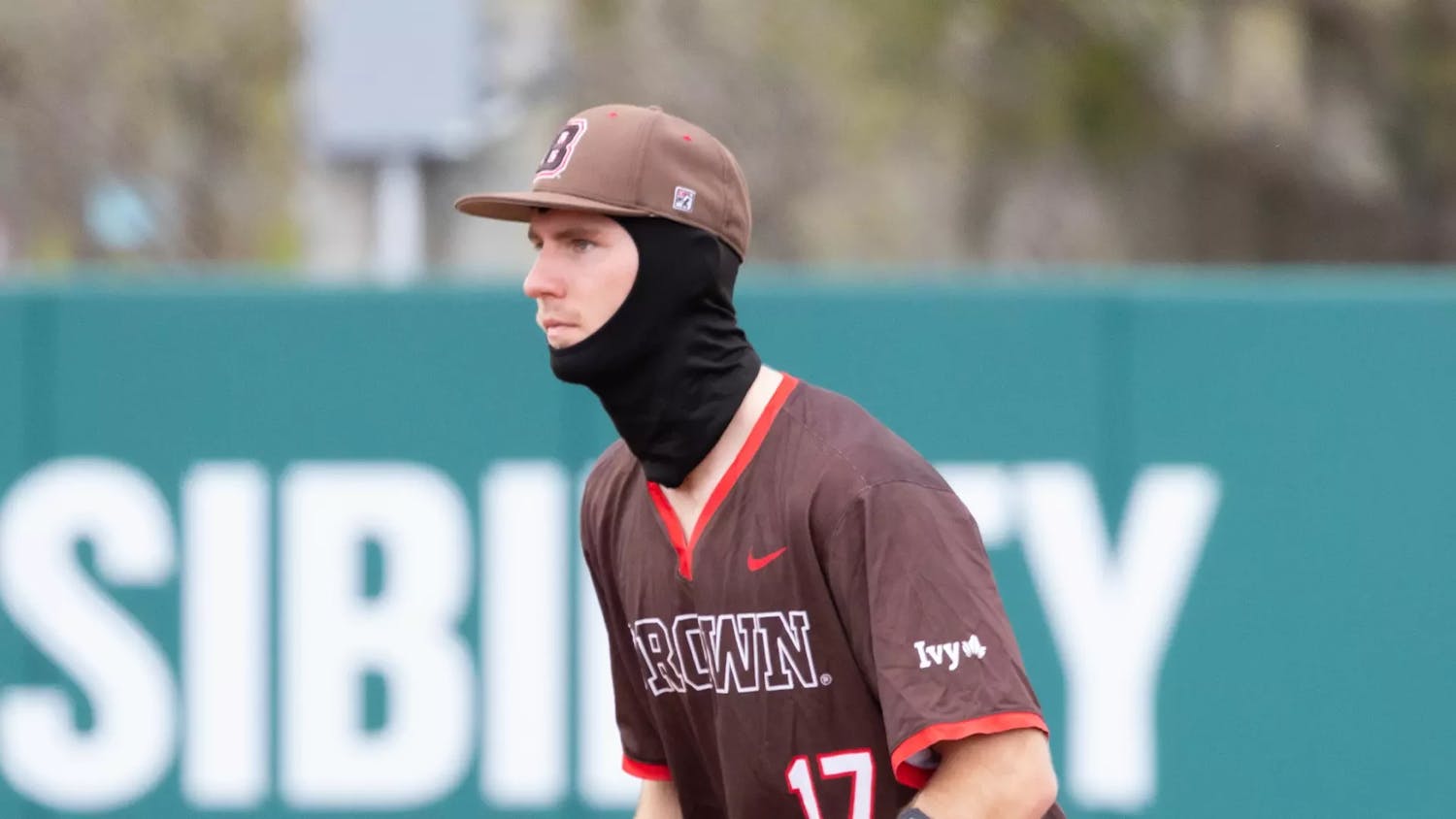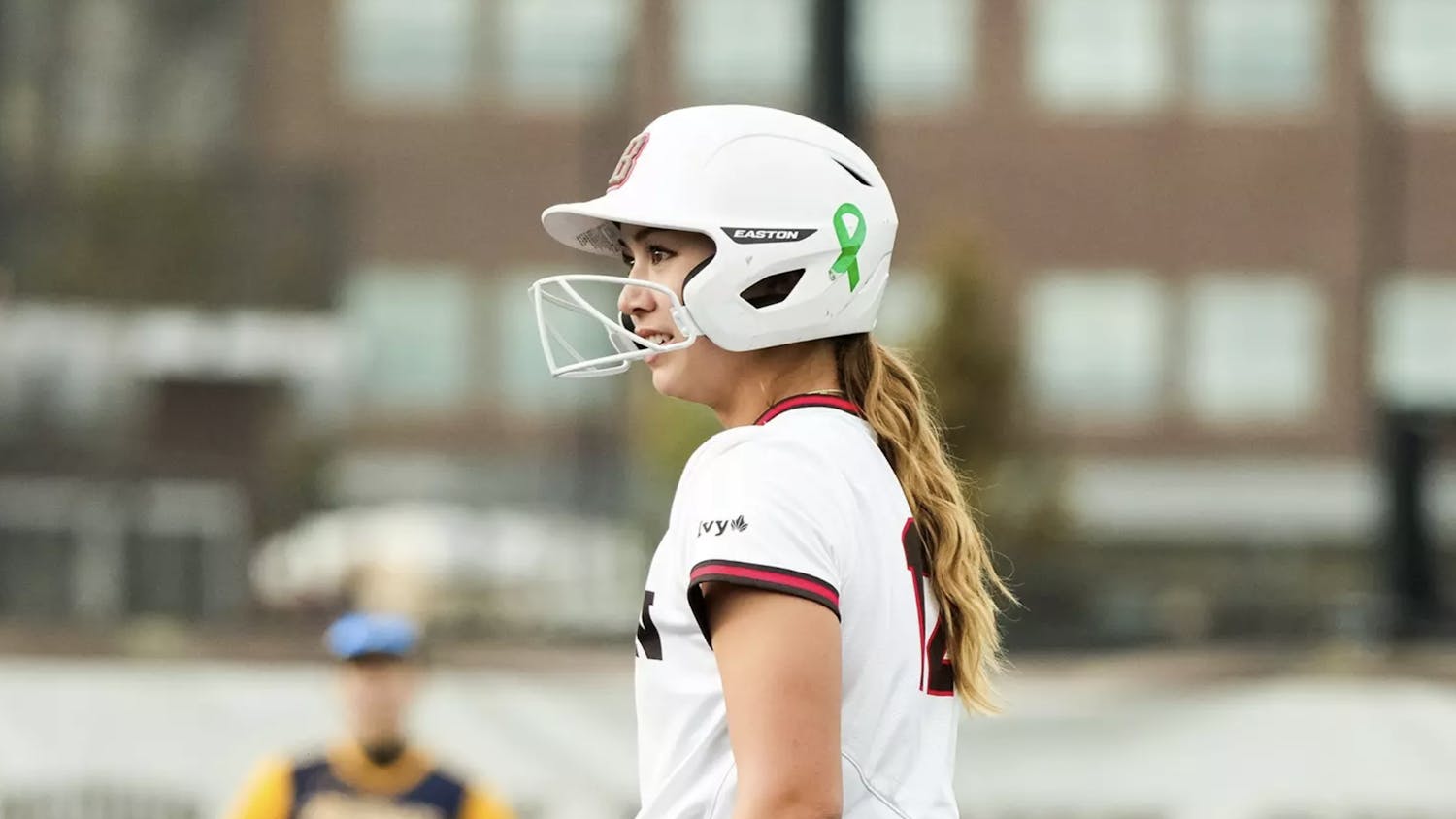Duke’s Grayson Allen has dominated college basketball headlines all season long, tripping opponents, losing his captaincy and serving an “indefinite suspension” of one game. He has evoked much ire and opposition from the sports world. ESPN analyst Seth Greenberg recently said that Allen “can’t control his actions.” Broadcaster Rece Davis said the junior “acts like a petulant toddler.” The internet has been full of negative articles about the Blue Devil — a simple Google search yields results such as “Duke’s Grayson Allen Needs To Be Put In Check,” “Coach K Went Way Too Easy on Grayson Allen” and “Grayson Allen Is The Biggest Villain In College Sports.”
There was much outcry after Allen quickly returned from a self-imposed, one-game indefinite suspension after his third tripping incident. Greenberg said Duke should suspend Allen for the rest of the season. Though Allen’s antics are ridiculous and infuriating, the sports world is lucky to have him. Like it or not, college basketball needs Grayson Allen.
After the NBA instituted the “one-and-done rule” in 2005, allowing players to go pro after one college season, much of the conversation surrounding college basketball has concerned the sport’s own issues. Basketball purists say play has suffered because of the one-and-done; the most talented players come and go too quickly, leaving in their footsteps disorganized and disunified teams with unfulfilled potential. Claims that college basketball is a worsening product rule the day. ESPN analyst and Duke alum Jay Bilas, Dallas Mavericks owner Mark Cuban and Sports Illustrated writer Seth Davis have all made headlines in recent years for trashing the sport. Many buy into this belief; complaints about the game have led to the reduction of the shot clock from 35 seconds to 30 in the sport’s recent past.
The negative stigma has impacted viewership as well. A look at recent National Championship game ratings reveal largely lackluster numbers. The 2011 championship between UConn and Butler garnered a 11.7 rating, and the 2012 matchup of Kentucky and Kansas, two of college basketball’s most historic teams, did only slightly better with a 12.3 rating. Last year’s game, an all-time classic between North Carolina and Villanova, amassed a 10.6 rating.
There is an outlier: The 2015 championship put up far more impressive numbers. The game between Duke and Wisconsin put up a 16.0 rating, and the semifinal between Kentucky and Wisconsin accumulated a 12.4 — better than several championships in recent years.
So what was so different about the 2015 season? One word is all that’s necessary: Kentucky. The Wildcats threatened to go undefeated and all the way to the championship before losing to the Badgers in the Final Four, finishing the season with a 38-1 record. The team was the story of the season in and out of college basketball, as they became a formidable villain, coupling tremendous on-court play with less than stellar sportsmanship. Coach John Calipari’s pompous post-game interviews, Willie Cauley-Stein’s refusal to shake hands with Wisconsin and Andrew Harrison’s coarse language with Frank Kaminsky all serve as prime examples of the team’s villainy.
Villains are good for the game. They draw in viewers. Basketball purists love to talk about the glory days of the sport: UCLA’s dominance under John Wooden, the Big East in the 1980s and the famous 1992 Duke-Kentucky game. And the common theme between these golden eras? The villains — Kareem Abdul-Jabbar and Bill Walton, the goliaths of UCLA; Patrick Ewing and the dominant Georgetown Hoyas and of course, Duke’s own Christian Laettner.
Ratings, once again, show how the public has flocked to watch the most hated players and teams. Four of the top 10 highest rated college basketball championship games since 1975 include the teams above.
Villains also drum up much needed enthusiasm into the dialogue about college basketball that too often borders on melancholy. Instead of becoming entirely bogged down with discussion of pace of play and lackluster offense (yes, both could use some fixing), villains give college basketball fans something to rally around and enjoy: rooting against them. This season has been marked not by the usual articles and analysis about how unskilled and weak college basketball has become but with impassioned debate and wonderment at Grayson Allen and his actions.
The college basketball season is not perfectly structured. The postseason tournaments hold so much sway over the regular season that there does not often appear to be much at stake. But every Duke game is now a must-watch and it’s all because of Grayson Allen. Will he trip another player? Will he get into an argument with an opposing coach? Will he rampage into an opponent’s student section? With Allen, anything is on the table.
Instead of demanding that Allen serve a longer suspension, the college basketball world should embrace him as the perfect villain. He is arrogant, whiny and prone to temper tantrums on the sidelines — it’s almost as if the sports gods have sent him to fans as a gift. Allen will almost certainly enter the NBA draft at the end of the season, so fans should enjoy the rest of this ride as long as they can. Because as much as college basketball hates on Grayson Allen, it will miss him terribly once he is gone.
George Klein ’20 can be reached at george_klein@brown.edu




